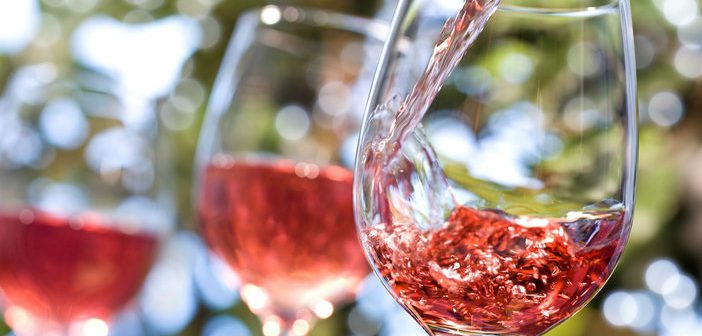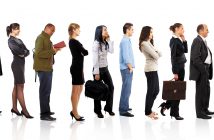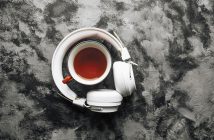by Danielle Gillespie
Hotels have built storied reputations around their signature cocktails, aged spirit programs and well-stocked wine cellars. But in the age of Spotify and Airbnb, in which people rely implicitly on digital profiles to create an experience or discover something new, can analog hotels compete?
Even the most delicious wine lists and well-informed staff could benefit from a technological edge, especially as people become more comfortable interacting with a screen than a person.
A survey by CorkGuru found people typically default to wines and beverages they know when dining out, and 67 percent avoid asking staff for recommendations for a variety of reasons, including not wanting to bother anyone and the fear of looking uninformed. Further, only 15 percent of restaurant-goers say they look to try something new, which begs the question: What good is an extensive wine inventory carefully designed to complement the menu when guests aren’t up for it?
Restaurants embracing digital menus and inventory platforms are subtly helping guests overcome their default routines to the benefit of a better guest experience, sales growth and operational efficiencies. Behavior analysis shows that when guests get involved in the process of a pairing decision – such as seeing a wine label, flavor notes, and ABV – they will often upsell themselves.
David Lamatrice of Bistecca Steakhouse and Wine Bar, located south of Pittsburgh amidst six major hotels, says adopting a digital wine platform has been transformative for his business. Since installing CorkGuru, he’s been able to adapt menus to different specials, save on printings costs, and help guests try something new.
“Moving to a digital platform has helped Bistecca Steakhouse engage the locals and travelers that walk through our doors, creating an understanding of patrons that would otherwise go unspoken,” said Lamatrice. “Now, we’re able to cater menus and communications to engage different crowds, from the early diners to our sporadic road warriors.”
Many hotels already have the foundation or hardware to implement this type of technology, which has become increasingly turnkey, and the implications for the broader hotel food and beverage program, including in-room dining are compelling.
Room service menus are inherently limited, and keeping paper wine lists accurate and updated in a hotel of hundreds of rooms is unrealistic. Additionally, much like diners avoid asking for recommendations while dining out, hotel guests are reluctant to attempt to order off-menu in the room – an enduring room-service myth, according to USA Today.
A digital menu/inventory platform allows guests to order from an in-room tablet or TV, upgrade their dining order and enhance their pairing experience beyond what they’ll find in the minibar. Hotels can even integrate their ordering system with their website or mobile guest experience – just as guests can check-in and unlock their room with their mobile device, they are also able to pre-order a chilled bottle of Sauvignon Blanc to be waiting in the room by the time they’re pulling up to the hotel.
What’s more, hotels can input ordering behaviors into their guest profiles to improve future bookings, customize in-room sundries, and alert travelers of specials. Over time, properties build their data sets and can find deeper efficiencies within their inventory and how they cater to guests. Capturing this information digitally also eliminates the possibility of losing customer intelligence in a phone transaction or random staff encounter within a hotel restaurant.
The potential for business travelers is particularly interesting when you consider hotels outside dense urban markets where dining options are limited and require a drive. Proprietors that cater to a business crowd know that after a day of travel and meetings their guests may wish to catch up on email – with a good glass of wine – from the comfort of their room. With the right technology, hotels can turn every instance of that situation into the sale of a $40+ bottle of wine, increasing beverage sales.
Hotels already understand how to create incremental value across several aspects of a guest journey – upgrade to a water view, choose a specialty pillow, get the morning paper, order the breakfast package, etc. A well-timed email prompt can also incentivize a past guest for a return stay.
Bringing similar technology to hotel food and beverage programs would have a compounding effect, giving hotels a greater digital advantage, creating a better guest experience, and ultimately bringing guests back.




